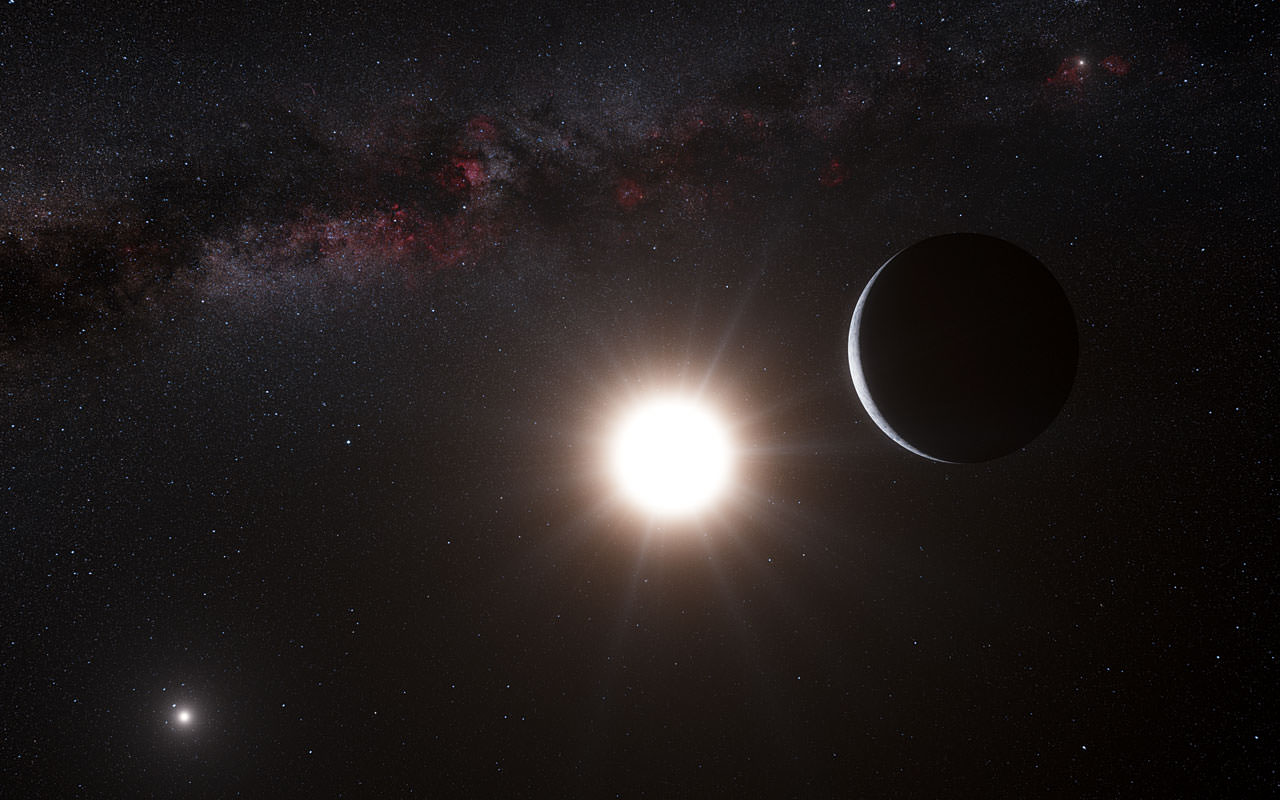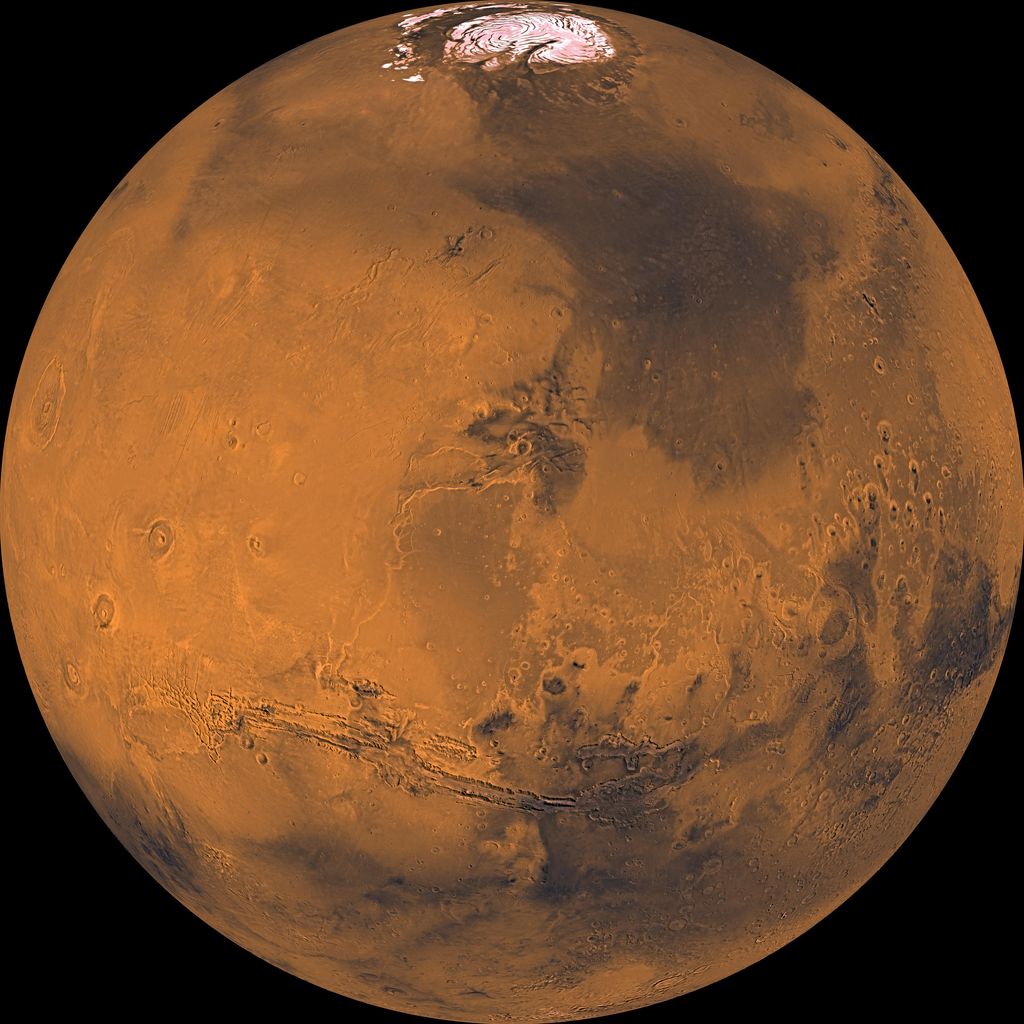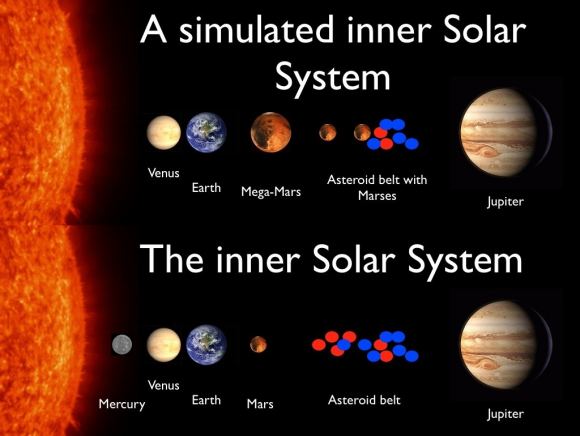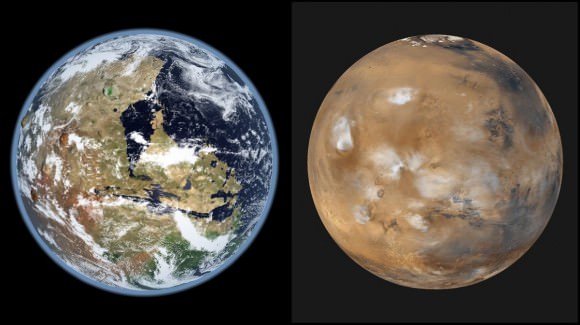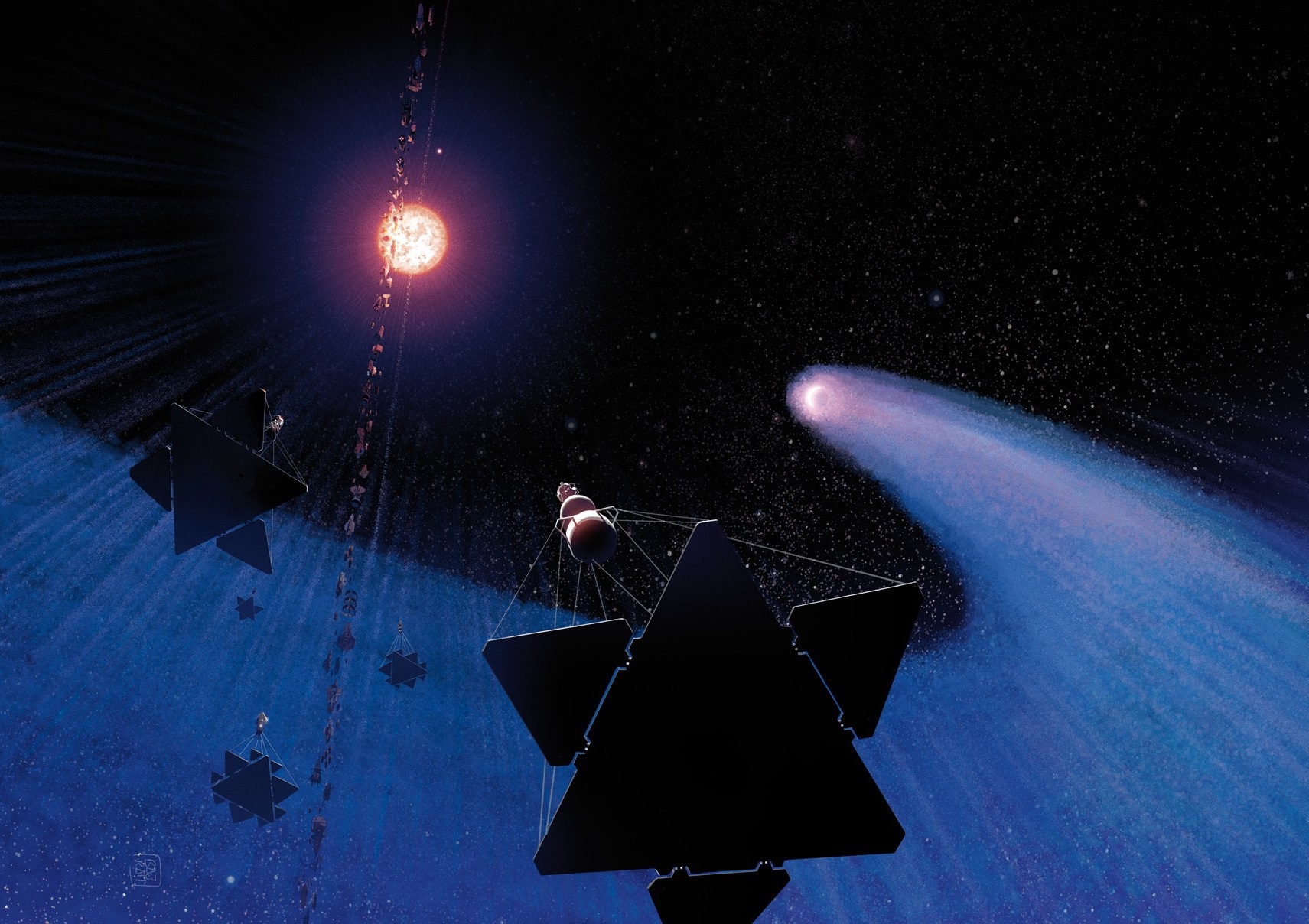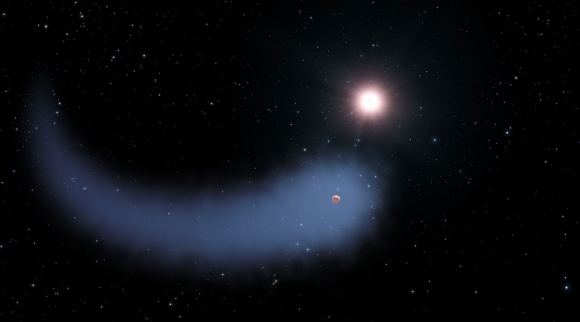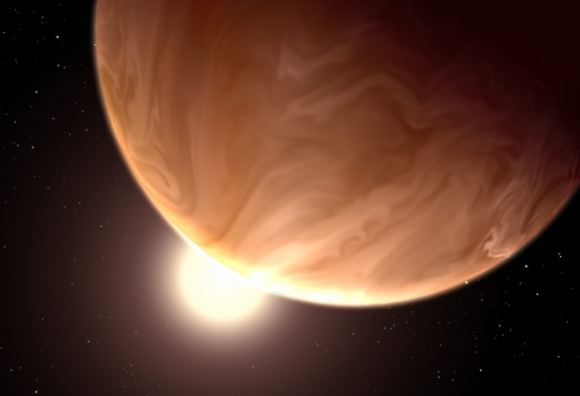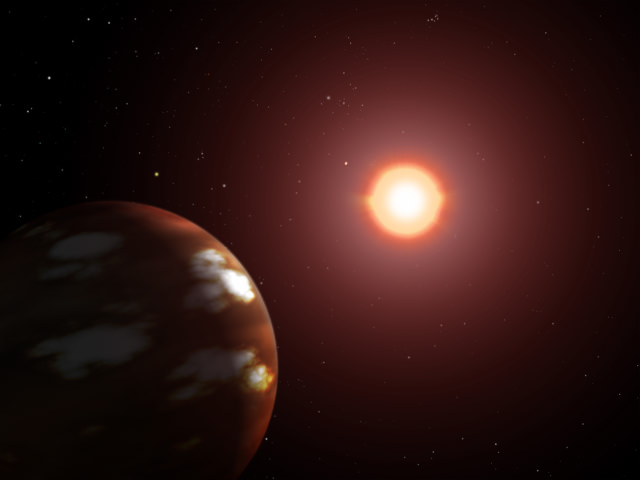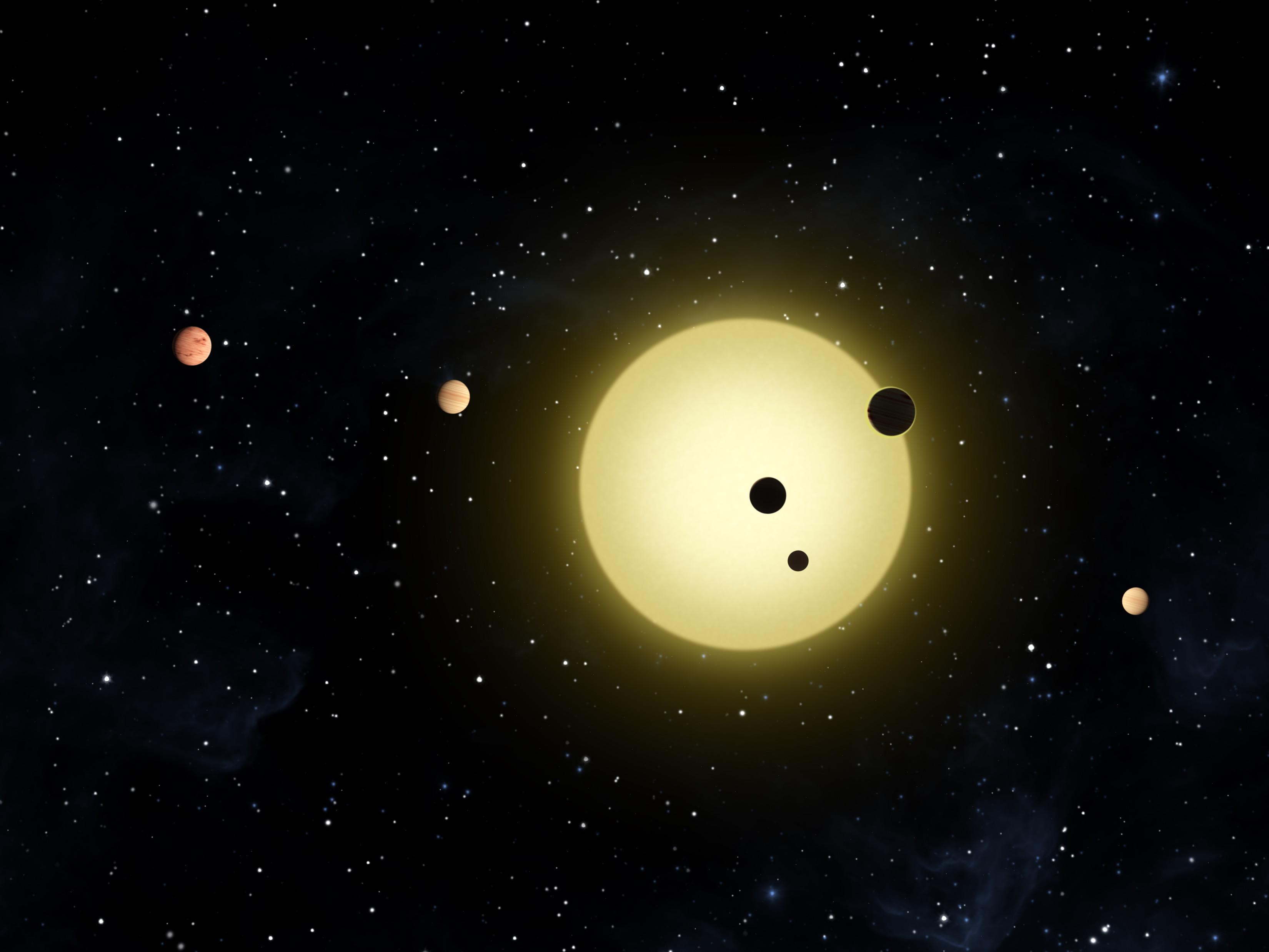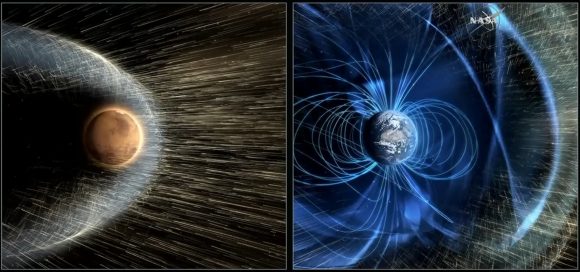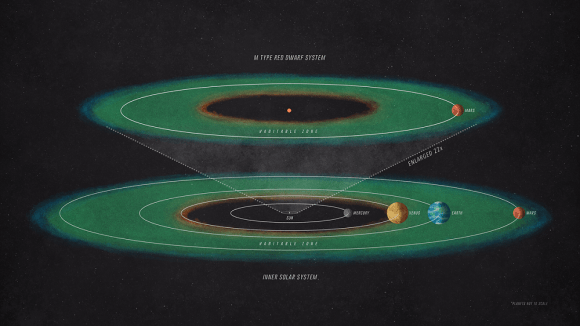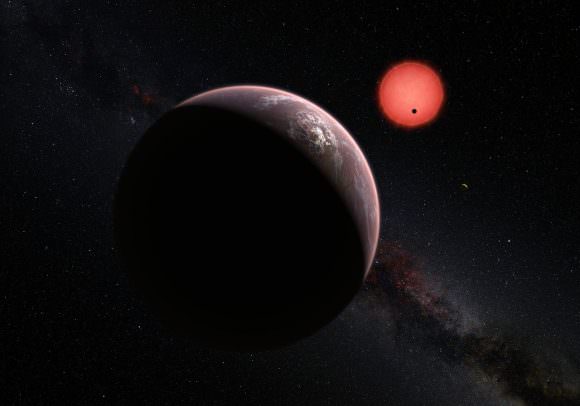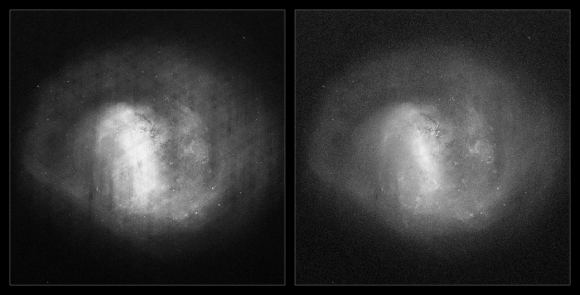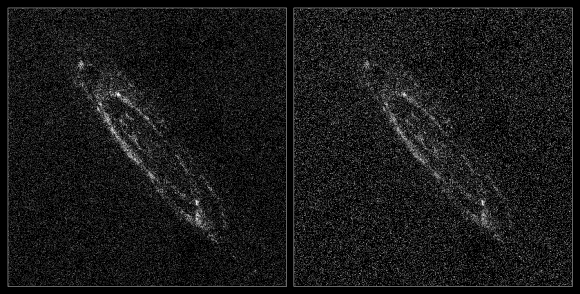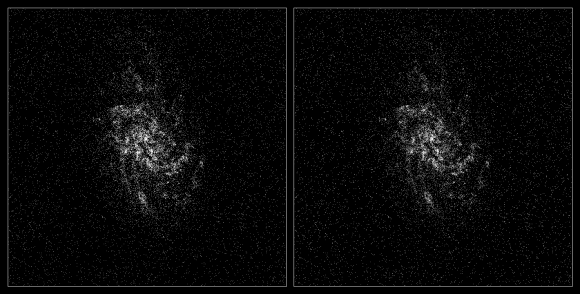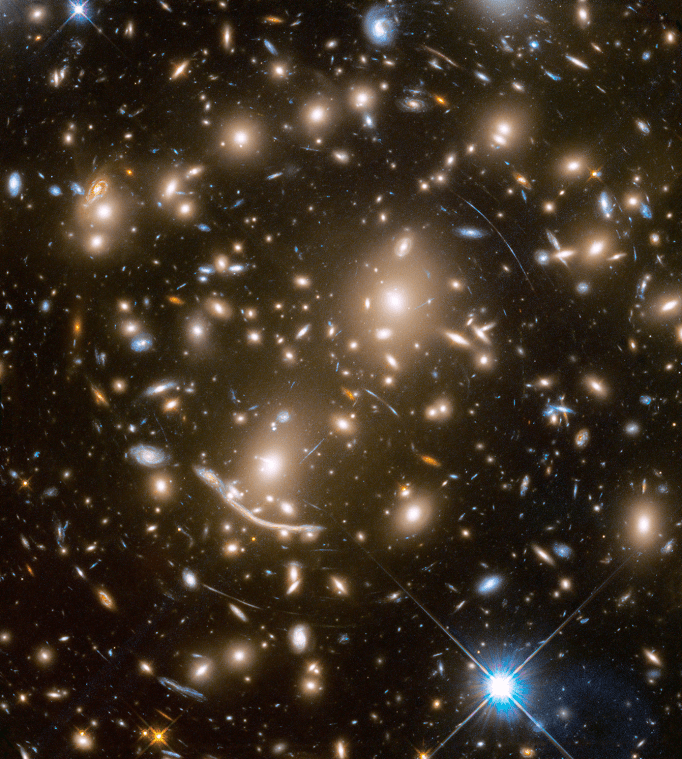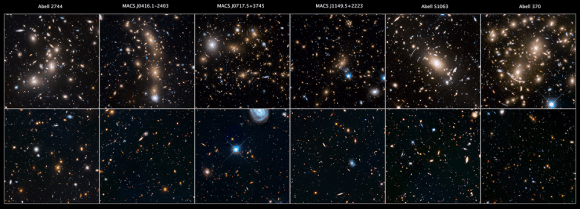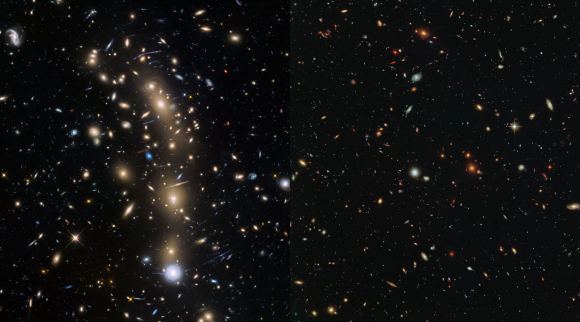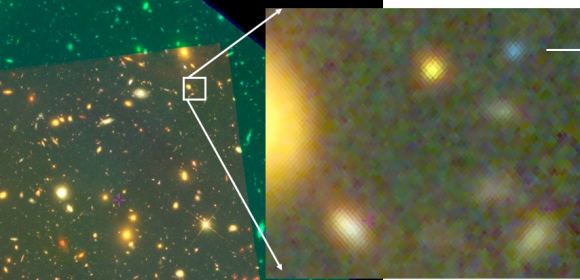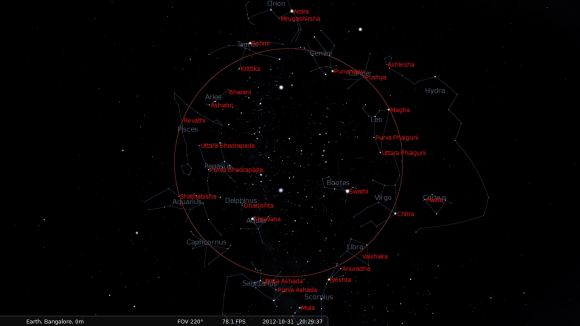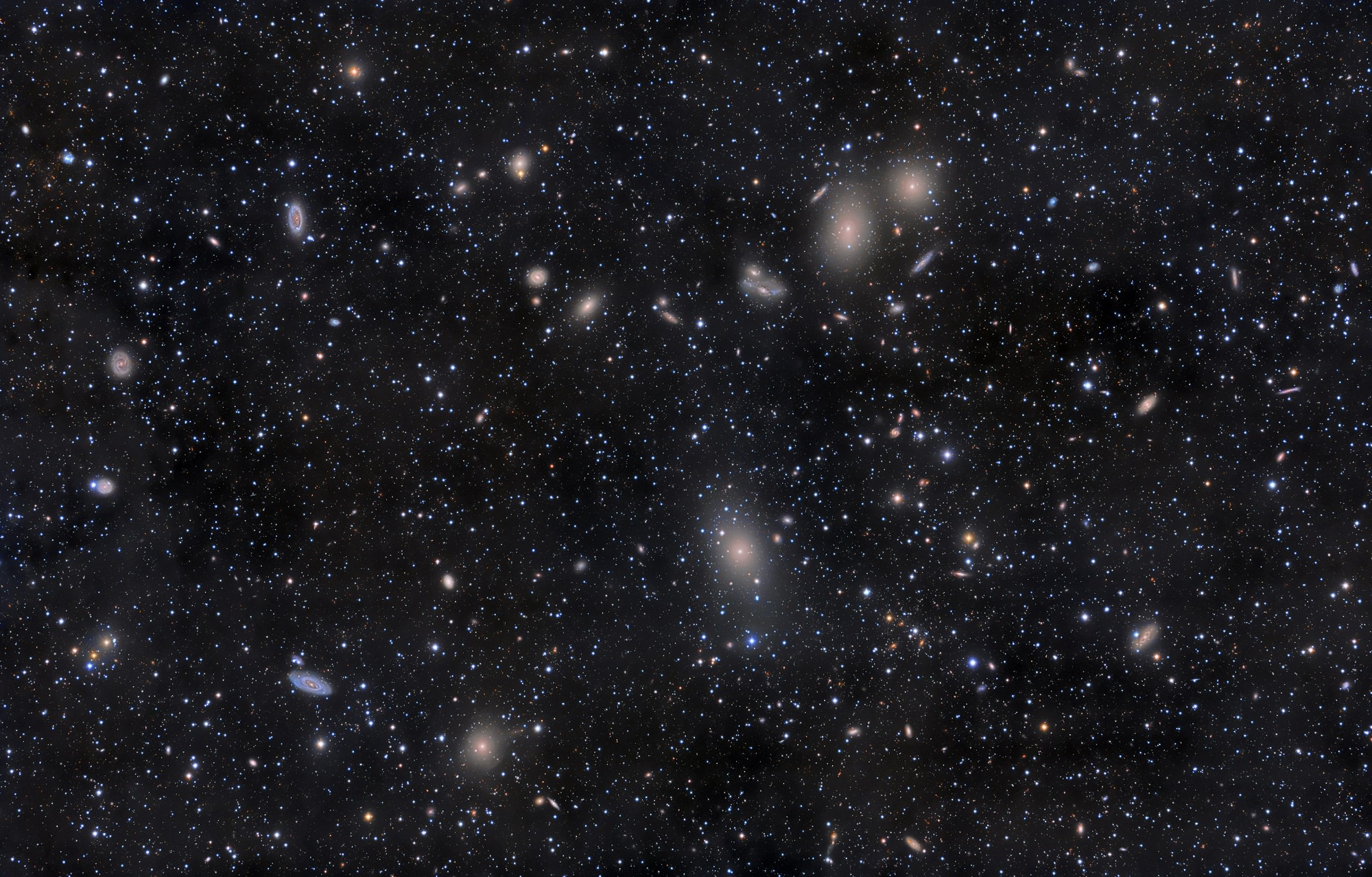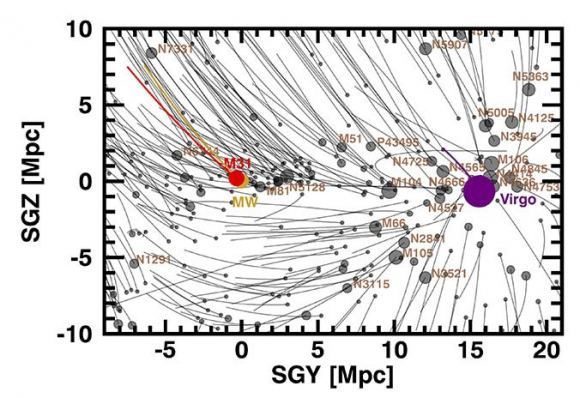At a distance of 4.37 light-years from Earth, Alpha Centauri is the nearest star system to our own. For generations, scientists and speculative thinkers have pondered whether it might have a planetary system like our own Sun, and whether or not life may also exist there. Unfortunately, recent efforts to locate extra-solar planets in this star system have failed, with potential detections later shown to be the result of artifacts in the data.
In response to these failed efforts, several more ambitious projects are being developed to find exoplanets around Alpha Centauri. These include direct-imaging space telescopes like Project Blue and the interstellar mission known as Breakthrough Starshot. But according to a new study led by researchers from Yale University, existing data can be used to determine the probability of planets in this system (and even which kind).
The study which detailed their findings recently appeared in The Astronomical Journal under the title “Planet Detectability in the Alpha Centauri System“. The study was led by Lily Zhao, a graduate student from Yale University and a fellow with the National Science Foundation (NSF), and was co-authored by Debora Fischer, John Brewer and Matt Giguere of Yale and Bárbara Rojas-Ayala of the Universidad Andrés Bello in Chile.
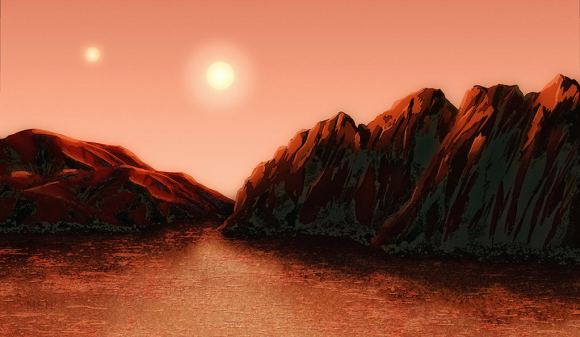
For the sake of their study, Zhao and her team considered why efforts to locate planets within the the closest star system to our own have so far failed. This is surprising when one considers how, statistically speaking, Alpha Centauri is very likely to have a system if its own. As Prof. Fischer indicated in a recent Yale News press release:
“The universe has told us the most common types of planets are small planets, and our study shows these are exactly the ones that are most likely to be orbiting Alpha Centauri A and B… Because Alpha Centauri is so close, it is our first stop outside our solar system. There’s almost certain to be small, rocky planets around Alpha Centauri A and B.”
In addition to being a professor of astronomy at Yale University, Debora Fischer is also one of the leaders of the Yale Exoplanets Group. As an expert in her field, Fischer has devoted decades of her life to researching exoplanets and searching for Earth analogues beyond our Solar System. With partial funding provided by NASA and the National Science Foundation, the team relied on existing data collected by some of the latest exoplanet-hunting instruments.
These included CHIRON, a spectrograph mounted on the Small and Moderate Aperture Research Telescope System (SMARTS) at the Cerro Telolo Inter-American Observatory (CTIO) in Chile. This instrument was built by Fischer’s team, and the data it provided was combined with the High Accuracy Radial velocity Planet Searcher (HARPS) and the Ultraviolet and Visual Echelle Spectrograph (UVES) instruments on the ESO’s Very Large Telescope (VLT).
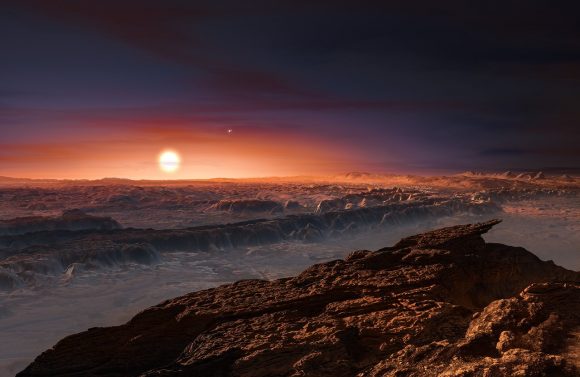
Using ten years of data collected by these instruments, Zhao and her colleagues then set up a grid system for the Alpha Centauri system. Rather than looking for signs of planets that did exist, they used the data to rule out what types of planets could not exist there. As Zhao told Universe Today via email:
“This study was special in that it used existing data of the Alpha Centauri system not to find planets, but to characterize what planets could not exist. By doing so, it returned more information about the system as a whole and provides guidance for future observations of this uniquely charismatic system.
In addition, the team analyzed the chemical composition of the stars in the Alpha Centauri system to learn more about the kinds of material that would be available to form planets. Based on the different values obtained by observations campaigns conducted by different telescopes on Alpha Centauri’s three stars (Alpha, Beta and Proxima), they were able to place constraints on what kinds of planets could exist there.
“We found that existing data rules out planets in the habitable zone above 53 Earth masses for alpha Centauri A, 8.4 Earth masses for Alpha Centauri B, and 0.47 Earth masses for Proxima Centauri,” said Zhao. “As for the chemical compositions, we found that the ratios of Carbon/Oxygen and Magnesium/Silicon for Alpha Centauri A and B are quite similar to that of the Sun.”

Basically, the results of their study effectively ruled out the possibility of any Jupiter-sized gas giants in the Alpha Centauri system. For Alpha Centauri A, they further found that planets that were less than 50 Earth masses could exist, while Alpha Centauri B might have planets smaller than 8 Earth masses. For Proxima Centauri, which we know to have at least one Earth-like planet, they determined that there might more that are less than half of Earth’s mass.
In addition to offering hope for exoplanet-hunters, this study carries with it some rather interesting implications for planetary habitability. Basically, the presence of rocky planets in the system is encouraging; but with no gas giants, a key ingredient in ensuring that planets remain habitable could be missing.
“[N]ot only could there still be habitable, Earth-mass planets around our closest stellar neighbors, but there also aren’t any gas giants that could endanger the survival of these potentially habitable, rocky planets,” said Zhao. “Furthermore, if these planets do exist, they are likely to have similar compositions to our very own Earth given the similarity in Alpha Cen A/B and our beloved Sun.”
At present, there are no instruments that have been able to confirm the existence of any exoplanets in Alpha Centauri. But as Zhao indicated, her and her teammates are optimistic that future surveys will have the necessary sensitivity to do it:
“[T]his very month has seen the commissioning of several next-generation instruments promising the precision necessary to discover these possible planets in the near future, and this analysis has shown that it is for sure worth it to keep looking!”

These include the ESO-built Echelle SPectrograph for Rocky Exoplanet and Stable Spectroscopic Observations (ESPRESSO) – which was recently installed at the Paranal Observatory – and the EXtreme PREcision Spectrometer (EXPRES) built at Yale University. This latter instrument is currently conducting an observation run at the Lowell Observatory in Arizona, which Zhao is participating in.
“These instruments are promising a precision of down to 10-30 cm/s and should be able to detect many more smaller, and further away planets – such as habitable planets around the Centauri stars,” said Zhao. “The field of view of these two instruments are slightly different (ESPRESSO has the southern hemisphere, where Alpha Centauri is, while EXPRES covers the northern hemisphere, for instance where the Kepler and many of the K2 fields are).”
With new instruments at their disposal, and methods like the one Zhao and her team developed, the closest star system to Earth is sure to become a veritable treasure trove for astronomers and exoplanet-hunters in the coming years. And anything we find there will surely become targets for direct studies by groups like Project Blue and Breakthrough Starshot. If ET resides next door, we’re sure to hear about it soon!
Further Reading: Yale News, The Astronomical Journal

